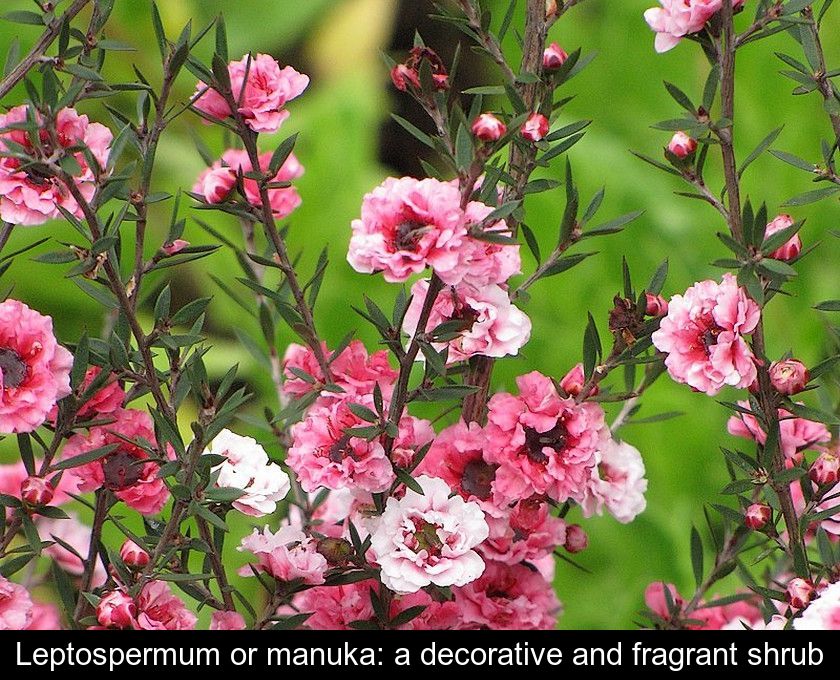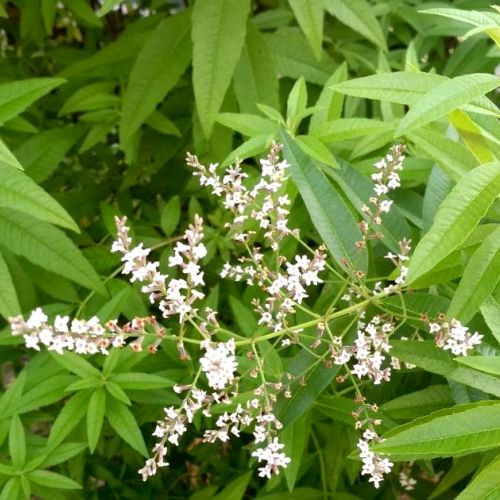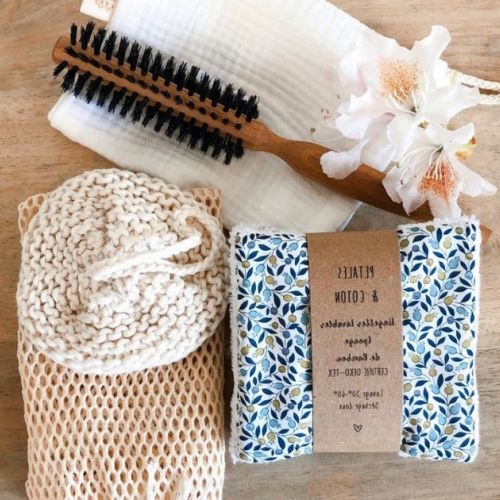Leptospermum Or Manuka: A Decorative And Fragrant Shrub
Perhaps you have already heard of the famous manuka honey with antiseptic properties... But do you know the shrub that allows bees to produce it? We invite you to discover the multiple benefits of manuka or leptospermum.
Its flowering is very decorative.
Leptospermum, also known as manuka or Australian myrtle, is a shrub native to Australia, Malaysia, and New Zealand. Although it is sometimes called the New Zealand tea tree, it should not be confused with the famous tea tree or Melaleuca alternifolia.
The Leptospermum genus, which belongs to the large Myrtaceae family, has a primary advantage of its highly decorative flowering. In spring, the shrubs of this genus are covered with a multitude of single or double flowers, whose color can range from white to deep pink.
There are more than 85 different species worldwide. The most appreciated by gardeners are Leptospermum scoparium, which comes in multiple cultivars, Leptospermum flavescens, and Leptospermum rupestre.
It perfumes the garden and attracts bees.
The flowers of leptospermum are not only aesthetic, they are also fragrant and honey-producing. Their scent attracts bees which use them to produce manuka honey, sometimes called "the king of honeys".
Like other plants in the Myrtaceae family, such as myrtle, clove, and eucalyptus, this shrub is aromatic. Its slender dark green leaves emit a distinctive smell when crushed between one's fingers.
3- It is not demanding regarding the soil type.
The leptospermum is a rather easy-to-grow decorative shrub. Although it prefers mild climates, such as Mediterranean or oceanic, it can grow anywhere the climate isn't too cold.
Manuka likes to be planted in full sun but tolerates light shade. Most importantly, it is not demanding regarding soil type. It is satisfied with sandy soil and can even be grown in pots provided it has a draining substrate.
Once well-established, this undemanding shrub can tolerate pollution, drought, and salt spray.
It requires little maintenance.
Grown in the ground or in a pot, the leptospermum is an easy-going flowering shrub. It simply requires sufficient light and a temperature between 10 and 12°C (50 and 53.6°F).
Note: Pot cultivation is preferable if you live in a region with harsh winters, as it allows you to bring the shrub indoors away from the cold.
For watering a potted manuka, you must ensure that the substrate does not dry out completely between waterings, especially at the beginning. Regular watering of the young plant is important to help it establish roots.
For planting in the ground, it is recommended to put a thick layer of mulch at the base of the shrub to retain moisture.
Maintenance is limited to pruning the shrub at the end of spring or the beginning of summer, to give it a nice shape and to stimulate its growth and flowering.
It has medicinal properties.
Among the many benefits of Leptospermum, its medicinal properties must also be mentioned.
This decorative shrub produces an essential oil that is antibacterial, antiseptic, and expectorant: manuka essential oil. Its leaves can also be used for inhalation to treat colds or sinusitis.
To take advantage of the medicinal properties of this plant, simply cut branches between April and October and dry them. You can then do inhalations by immersing them in very hot water.
As we mentioned earlier, this shrub also provides the highly esteemed manuka honey, renowned for its taste and health benefits. This honey has been used for centuries by the Maori to aid in wound healing. Today, it is used in many hospitals. Scientific studies have even demonstrated its effectiveness against certain resistant bacteria!









